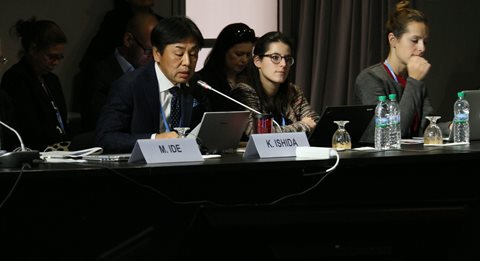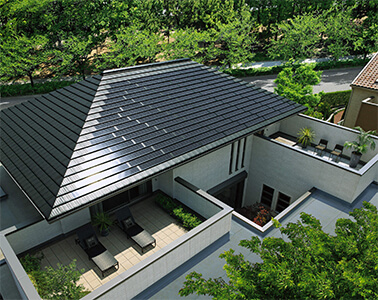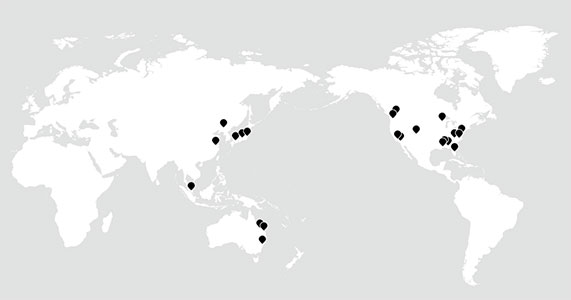By continually learning from the business they built in Japan nearly 60 years ago, Sekisui House commits not just to the idea of sustainability - but to its global best practice in residential development.
Built from necessity.
Sekisui House was established in 1960, in a post-war Japan. There was an immediate need to rebuild the country, and it needed to be done quickly.
But it wasn’t just about creating the greatest amount of homes in record speed and compromising on the quality of the homes built. In fact, since the ‘60s, it’s been about building homes that are built to last. This is Sekisui House’s holistic definition of sustainability. The idea truly began to evolve in Japan in the ‘70s, when the economy faced a major turning point. Anti-pollution measures and policies were taking shape, land and construction prices were escalating and this was the decade that the first oversupply of homes was recorded, as well as negative growth in the economy.
This resulted in a shift in housing demand from quantity to quality. Sekisui House’s response was innovations in design, construction and manufacturing which would ensure everything they did would create the most sustainable home possible. That includes considering the details - like the material used, climate influences, and putting extra safeguards into homes to minimise impact from natural phenomena.
It’s a considered and brave approach, one that the company took global in 2009. Now, by considering the environment, the community, and the manufacturing processes they employ, Sekisui House is committed to building homes that last. And they’re now doing it in Singapore, China, The US, and of course, here in Australia.
Environmental essentials.
Sekisui House believes the environment plays an essential role in holistic sustainability, and respect for the world is one of the most important considerations Sekisui House has in mind. So in 1999, they announced an Environmental Future Plan, a charter aiming to achieve harmony between human beings, towns and the planet.
And last November, Sekisui House was the only private sector representative to take part in the Buildings Day of the 2016 United Nations Climate Change Conference held in Marrakech, Morocco. The 22nd conference of the parties (COP22) was a platform for members to review implementation of the world’s climate change action. Sekisui House Ltd.’s Managing Officer, Kenichi Ishida, was there to present the company’s achievements in net-zero-energy homes (ZEH), and to discuss hurdles and solutions with a panel of government delegates
from around the world.

Sekisui House Managing Officer, Kenichi Ishida at the COP22 UN Climate Change Conference, in Marrakech.
Continual improvement.
By exploring, testing and building in different markets, Sekisui House employs people – over 23,000 of them to continue to learn and grow from changing economies and residential markets around the world. In Australia, the team based here will share their learnings with the team in Japan, and vice versa. Overall, the HQ spends around $40m AUD a year on research and development. And while each country has its own needs and considerations, each office implements the same values.

Global leadership: Sekisui House has constructed more net-zero-energy homes than any other company in the world.
Today, tomorrow, and beyond.
In Australia, there are no signs of slowing down, with a planned 15,000 homes to be built in a range of communities. And their work will always continue to evolve with the changing world.
Ultimately, Sekisui House’s purpose is to consider social problems, and meet new demands through innovation and creativity. Not just here. Not just today. But across the globe, for generations to come.



